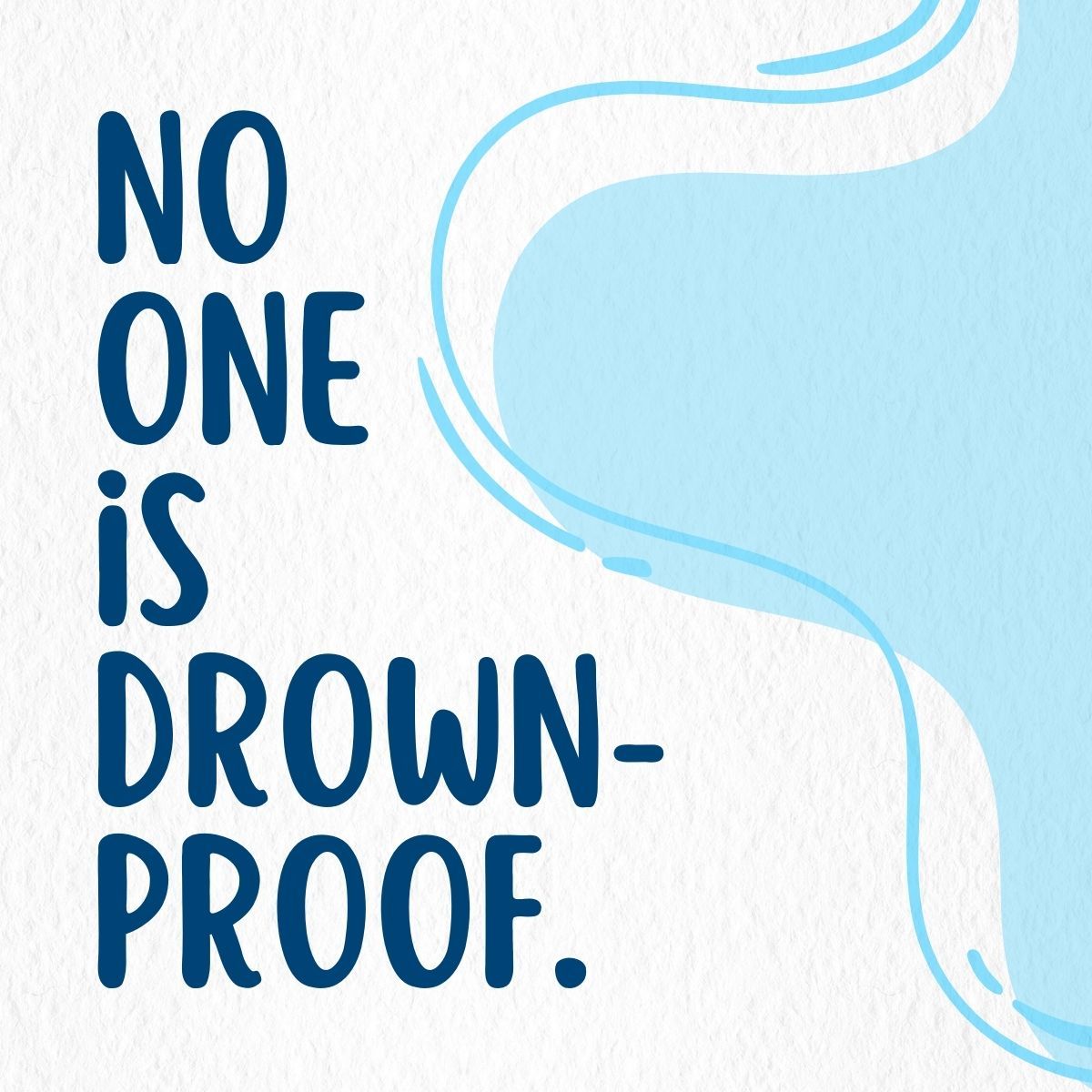Developing Language Skills at Home
How do we elicit language at home?
There are so many ways to develop and elicit language in the home environment. Parents can elicit language with toys and books they already have in the home.
Books are a great place to start.
Books can be used for:
- Labeling (naming) vocabulary words
- Identifying vocabulary words (find the...)
- Answering WH questions ie. What is this?, What is it doing?, Where are they?, Who is it?
- Simple directions ie. "Turn the page"
- Learning about literacy
- Sequencing of events ie. What came first... then... last?
- And more! Each book offers new ways to expand a child's vocabulary, comprehension, and talk about social scenarios/good behaviors.
Play skills are very important to language and social development.
Turn-taking, and back-and-forth play, pretend play, and demonstrating object's function can be used with everyday toys or board games. Some additional ways to elicit language development with everyday toys include:
- Using cars, trains, trucks, or anything that moves to produce "go", "stop", and car noises such as boom, crash, vroom, or choo choo.
- Using a baby doll or Mr. Potato head to name or identify body parts, clothing items, and functional pretend play such as feeding a baby, putting a baby to sleep, or giving a baby a drink.
- Shapes and Shape sorters to name/identify colors, shapes, and sorting objects.
- Puzzles to name/identify, categorize, sort, and develop problem solving and thinking skills.
- Toy animals are great for early communication and early speech sounds. Animals noises are a great way to elicit early sounds (/m, b, p, k, d, g, t/) and also naming/identifying early vocabulary!
Additional ways to elicit and entice communication include:
- Waiting to five a child the desired object until they request "more" or "please".
- Waiting to give a child help opening containers, doors, or reaching objects until they request "help" or "open". This "pause time" is used to give children the communication opportunity to respond. After "pause time", we continue with the activity (giving the child the requested object) and give a communication model.
- Expand a child's utterance adding additional information ie. "ball red", to "the ball is red".
- Labeling objects around the home.
Overall, we can incorporate language into our daily activities each day. Children are constantly taking in information from adults and their environment. For an example, during a daily walk we can talk about the colors outside (leaves, flowers) or practice actions such as walking, jumping, swinging, and skipping! There are endless possibilities and taking the time to talk to your children each day is a great first step to language development!
Thank you to Miss Julie, speech-language therapist and member of PMC's pediatric speech therapy team, for sharing her knowledge of language development in children! Your tips are also so helpful!








